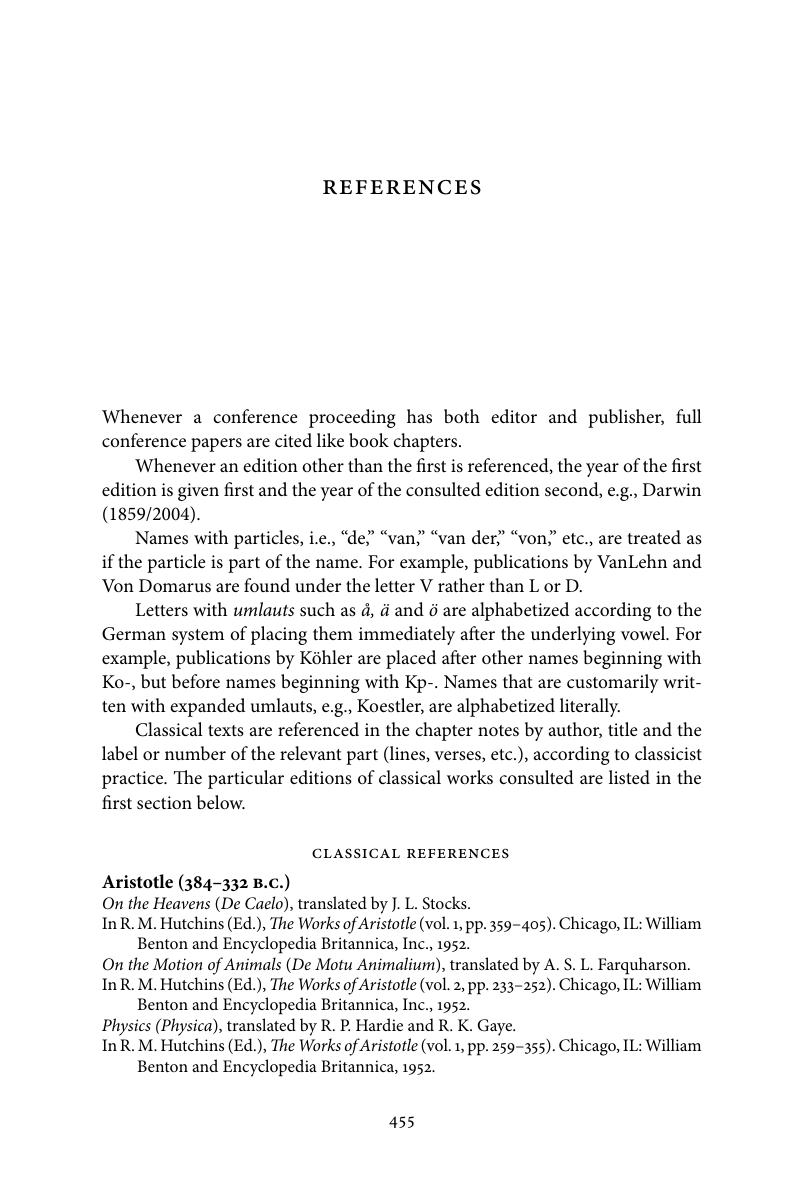References
Published online by Cambridge University Press: 25 January 2011
Summary

Information
- Type
- Chapter
- Information
- Deep LearningHow the Mind Overrides Experience, pp. 455 - 514Publisher: Cambridge University PressPrint publication year: 2011
